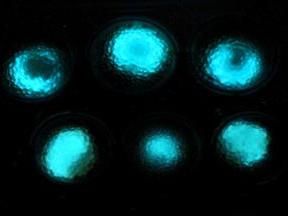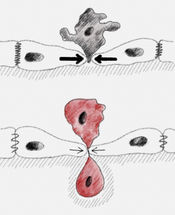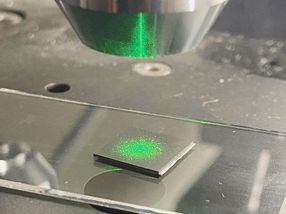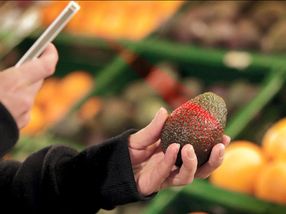Scientists create computing building blocks from bacteria and DNA
Scientists have successfully demonstrated that they can build some of the basic components for digital devices out of bacteria and DNA
Scientists have successfully demonstrated that they can build some of the basic components for digital devices out of bacteria and DNA, which could pave the way for a new generation of biological computing devices, in research published in Nature Communications.
The researchers, from Imperial College London, have demonstrated that they can build logic gates, which are used for processing information in devices such as computers and microprocessors, out of harmless gut bacteria and DNA. These are the most advanced biological logic gates ever created by scientists.
Professor Richard Kitney, co-author of the paper from the Centre for Synthetic Biology and Innovation and the Department of Bioengineering at Imperial College London, says: "Logic gates are the fundamental building blocks in silicon circuitry that our entire digital age is based on. Without them, we could not process digital information. Now that we have demonstrated that we can replicate these parts using bacteria and DNA, we hope that our work could lead to a new generation of biological processors, whose applications in information processing could be as important as their electronic equivalents."
Although still a long way off, the team suggest that these biological logic gates could one day form the building blocks in microscopic biological computers. Devices may include sensors that swim inside arteries, detecting the build up of harmful plaque and rapidly delivering medications to the affected zone. Other applications may include sensors that detect and destroy cancer cells inside the body and pollution monitors that can be deployed in the environment, detecting and neutralising dangerous toxins such as arsenic.
Previous research only proved that biological logic gates could be made. The team say that the advantage of their biological logic gates over previous attempts is that they behave more like their electronic counterparts. The new biological gates are also modular, which means that they can be fitted together to make different types of logic gates, paving the way for more complex biological processors to be built in the future.
In the new study, the researchers demonstrated how these biological logic gates worked. In one experiment, they showed how biological logic gates can replicate the way that electronic logic gates process information by either switching "on" or "off".
The scientists constructed a type of logic gate called an "AND Gate" from bacteria called Escherichia coli (E.Coli), which is normally found in the lower intestine. The team altered the E.Coli with modified DNA, which reprogrammed it to perform the same switching on and off process as its electronic equivalent when stimulated by chemicals.
The researchers were also able to demonstrate that the biological logic gates could be connected together to form more complex components in a similar way that electronic components are made. In another experiment, the researchers created a "NOT gate" and combined it with the AND gate to produce the more complex "NAND gate".
The next stage of the research will see the team trying to develop more complex circuitry that comprises multiple logic gates. One of challenges faced by the team is finding a way to link multiple biological logic gates together, similar to the way in which electronic logic gates are linked together, to enable complex processing to be carried out.

























































